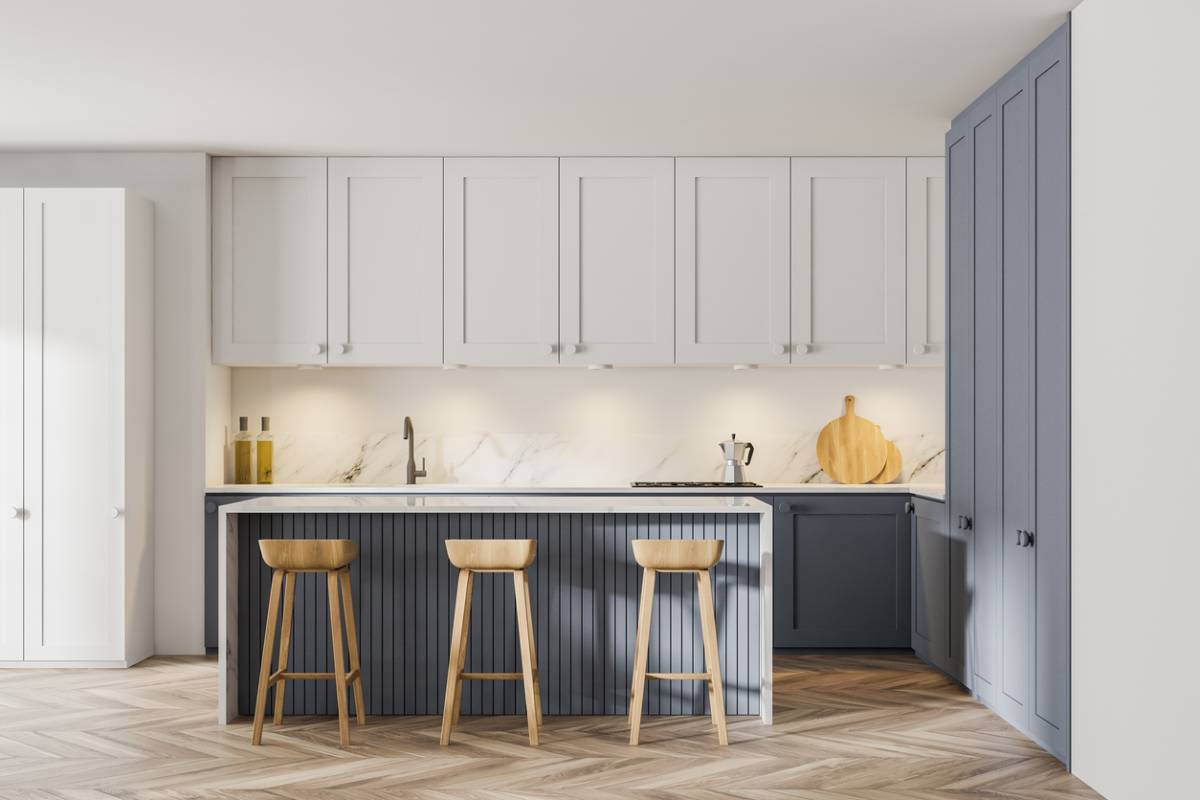High-quality European kitchen cabinets are an investment in your home. These functional and beautiful pieces can make your kitchen into a gorgeous space, while serving you well for many years to come. If you pick a more adaptable style, you can easily avoid constant remodeling as home design trends change. Let’s look at some tips for long-lasting kitchen cabinets.
Tips for Long-Lasting Kitchen Cabinets
With that said, these perks aren’t a given. To maximize your investment, you will have to take care of your cabinets so that they continue to look as fabulous as they did when they were first installed. With a few tips up your sleeve, you can make sure your cabinets have the longevity you need to get the best bang for your buck.
1. Treat Your Cabinets with Care
We all live busy lives. When you’re running late for work or chasing after a toddler, you may find yourself rushing to open and close your kitchen cabinets as needed. In a particular time crunch, it can be tempting to rush through your kitchen using your feet and hands to slam cabinets shut as you go.
In the moment, you’re unlikely to think very much about the consequences involved. The truth is that opening and closing your cabinets aggressively will cause tiny bits of damage each time. Over a few years, you will start to notice the effects of this damage. What used to be a nearly invisible nick can easily become obvious scratches, dents, and gouges.
2. Always Use a Hood Fan
Grease and moisture are not your cabinets’ friends. Whenever you are cooking, it is important to use your hood fan to pull excess moisture and grease out of the air so it doesn’t settle onto your NYC modern European kitchen cabinets.
Without the help of a hood fan, grease can easily build up an extensive residue that could potentially cause permanent damage to your cabinetry. Of course, a hood fan is not a 100% solution by itself.
In order to reduce the risk of grease build-up, consider wiping your cabinets down every day. It doesn’t have to be an extensive cleaning job. Just use a damp towel to gently wipe each flat surface. If doing this every day seems like too much, then aim to take this extra step on the days where you cook greasier meals.
3. Avoid Abrasive Cleaning Products
You should not use strong chemicals or scratchy sponges on our cabinets. These products will damage the surface of your cabinets, causing obvious wear and tear much more quickly than you would like.
The best cleanser will ultimately depend on the type of cabinets you choose, so check with the distributor for their recommendations. In most cases, you can use a basic cleanser as long as it’s free of bleach and abrasive materials like baking soda.
When you go to apply your cleanser, you can use a soft damp towel. A second damp towel should be used to wipe off any excess product after cleaning unless otherwise stated in the cleanser’s instructions as they relate to kitchen cabinets.
4. Do Not Use Candles Near Cabinetry
Candles can be great for creating a comforting mood in your home. Unfortunately, they aren’t great for your cabinets because the wax and smoke rise into the air, bringing those chemicals into direct contact with your cabinetry if your candles are placed underneath them.
While it may sound innocuous, repetitive exposure to wax and smoke can cause a thick build-up that is highly visible and very difficult to remove. If you’re going to be enjoying the occasional candle in your kitchen, then make sure it is safely removed to an area that is not near your upper cabinetry.
5. Clean Twice per Month
Wiping down your cabinets on a regular basis is a great way to maintain a good baseline. However, that doesn’t mean you can skip a deep cleaning. You should fully clean your cabinets twice a month with an appropriate cleanser.
These regular deep-cleanings will remove dirt and grime from the smaller spaces that are more likely to get skipped during your typical wipe down. Together, your regular cleanings and deep cleanings will help to keep your cabinetry looking pristine.
